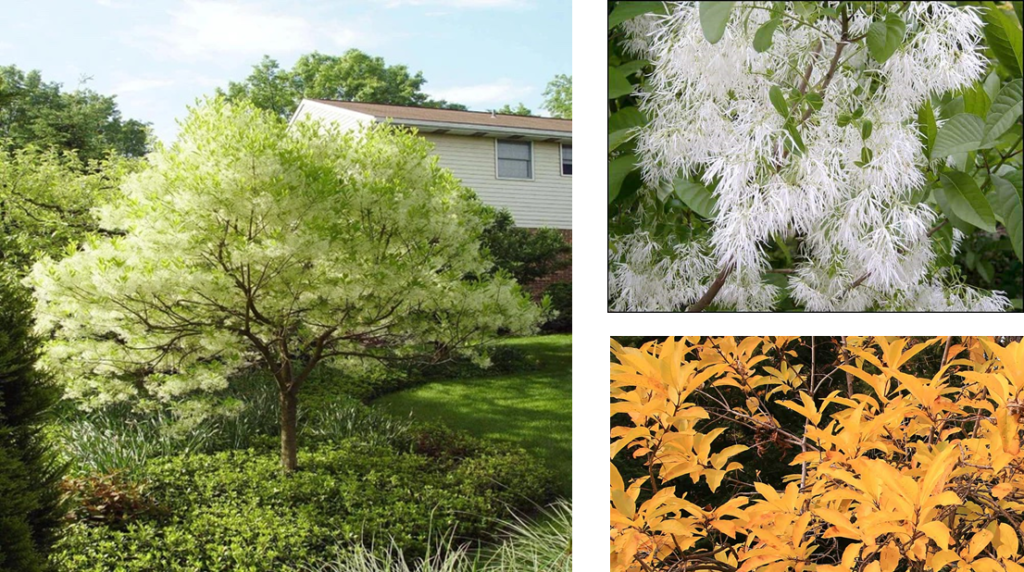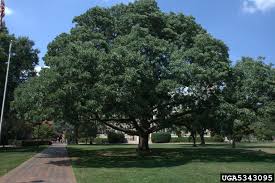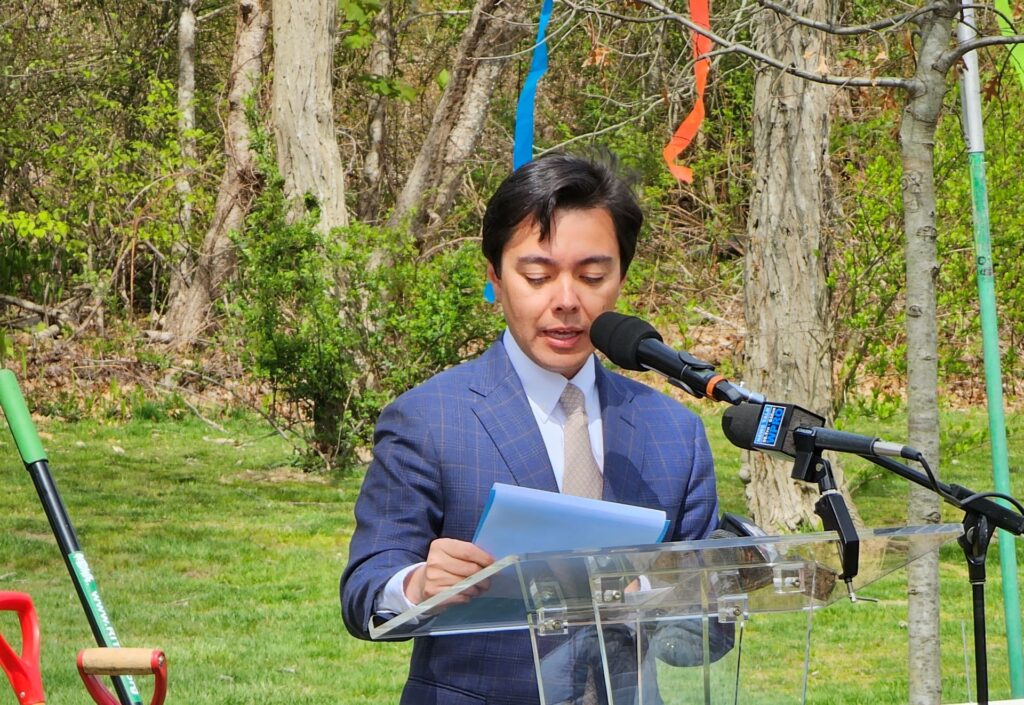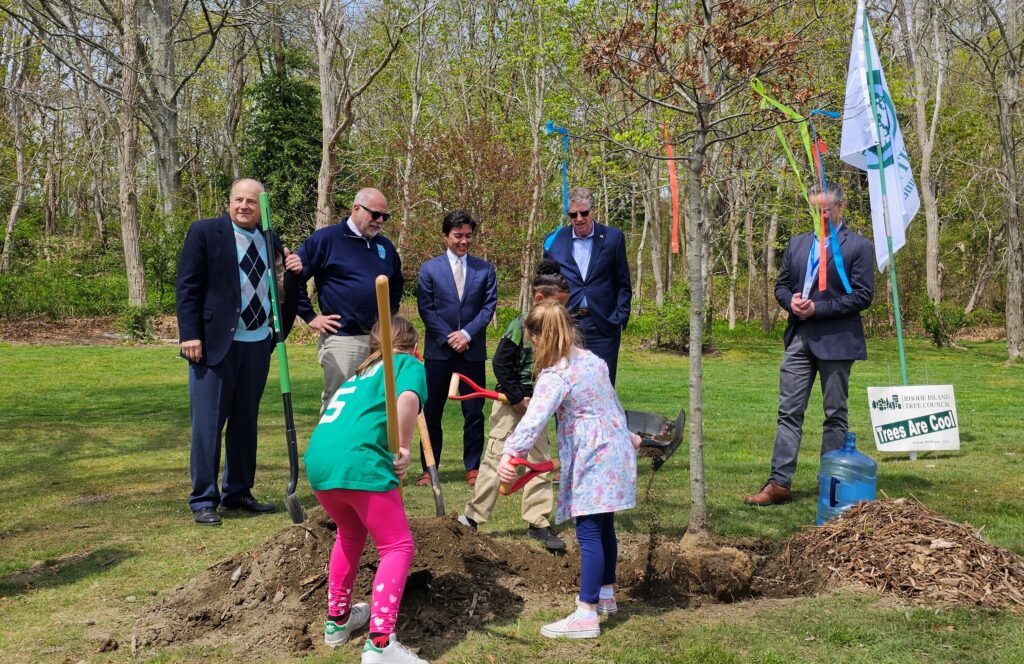Six Steps You Need To Take Before Winter Sets In

Fall is incredible in New England. The leaves change from green to rich rusts, ruby reds, and glittering golds as summer gives way to fall. Many trees look their best at this time. The fall is a great time to prepare your trees for the ravages of winter. Giving your trees some TLC now before winter protects them from harsh winter weather and helps boost spring growth. Below are seven things you should do before winter sets in to help your trees continue to grow and thrive.
1. Soil care
Chances are good that the soil in your yard isn’t as rich as that in the forest. That’s because the forest’s fallen leaves and organic matter enhance the soil, enriching it with nutrients. But you can boost your soil’s richness by doing three things. Apply a slow-release fertilizer in the fall. Freshen up the mulch before the ground freezes. And reduce irrigation to avoid flooding the soil. Trees get a lot of moisture in the winter.
2. Prune your trees
Pruning is a wise annual practice. Prune dead, diseased, and unsafe branches from your trees. This strategy not only protects you and your home. It also influences a tree’s structure and shape. Trim lifeless branches. Cut cracked, loose, and diseased-looking trees near the trunk. And call an arborist for help with trimming large branches. Trim branches without leaving stubs and leave wounds exposed so they can heal.
3. Prepare for winter
Winter takes a toll on trees. So, you must prepare them in the fall for the winter’s snow, frost, ice, and cold temperatures. Start by Inspecting your trees for weak branches that may need added TLC to survive the winter. Cable and brace these limbs. Cabling and bracing trees support poor or weak branch unions and reduce the strain and stress damage from high winds, heavy ice, and snow build-up.
4. Water your evergreens
Give your evergreens a healthy gulp of water before winter. They’ll be well-hydrated throughout the cold winter. Harsh winter weather can cause water loss in an evergreen’s needles and freeze its roots. Water regularly throughout the fall. You want to moisten the soil, not saturate it. Weekly deep root watering with slow soaking is an ideal tree care strategy. It’s an efficient way to get your tree the right amount of water.
5. Inspect trees and shrubs
The fall is a good time to inspect your trees and shrubs. Look for pests and diseases that might have settled in. You don’t want them getting out of control. Conspicuous damage, early fall color, and other signs of stress could indicate a deeper underlying problem.
Start by identifying the disease or pest. Then, determine how to treat the pest or disease.
Identifying a pest or disease can be a challenge. So, if you’re unsure what the pest or disease is, consult a local arborist for help. Or, contact the Rhode Island Tree Council for help. They can provide a trained eye to help you identify the problem and suggest the best way of eliminating it. Consulting an expert saves you time and money.
6. Look out for Root Decay
Pay attention to the mushrooms growing at the base of your trees. They may appear for only a few days at a time. Some mushrooms can eat at and decay a tree’s roots, creating an unstable tree. Prevention is the best way to eliminate root decay.
So, don’t over water your trees, encourage healthy mycorrhizal fungi by enhancing soil organic matter and avoiding soil compaction, and protect trees from damage by mowers, trimmers, and construction, which can kill roots and weaken trees.
Fall is an excellent time of year in New England. The change in color of the leaves is something to look forward to every year. Some think it’s the best season of all. Fall is also a time to prepare your trees for winter.
The cold, snow, and ice can damage them beyond repair, so you should have a plan to protect your trees before winter comes. The six steps we suggest you do above are a good place to start. Implementing them will not only protect your trees but also promote greater tree health come next spring.
John Campanini is the technical director of the Rhode Island Tree Council (RITree). A graduate of the University of Rhode Island, he was city forester for Providence for more than twenty years before retiring.











